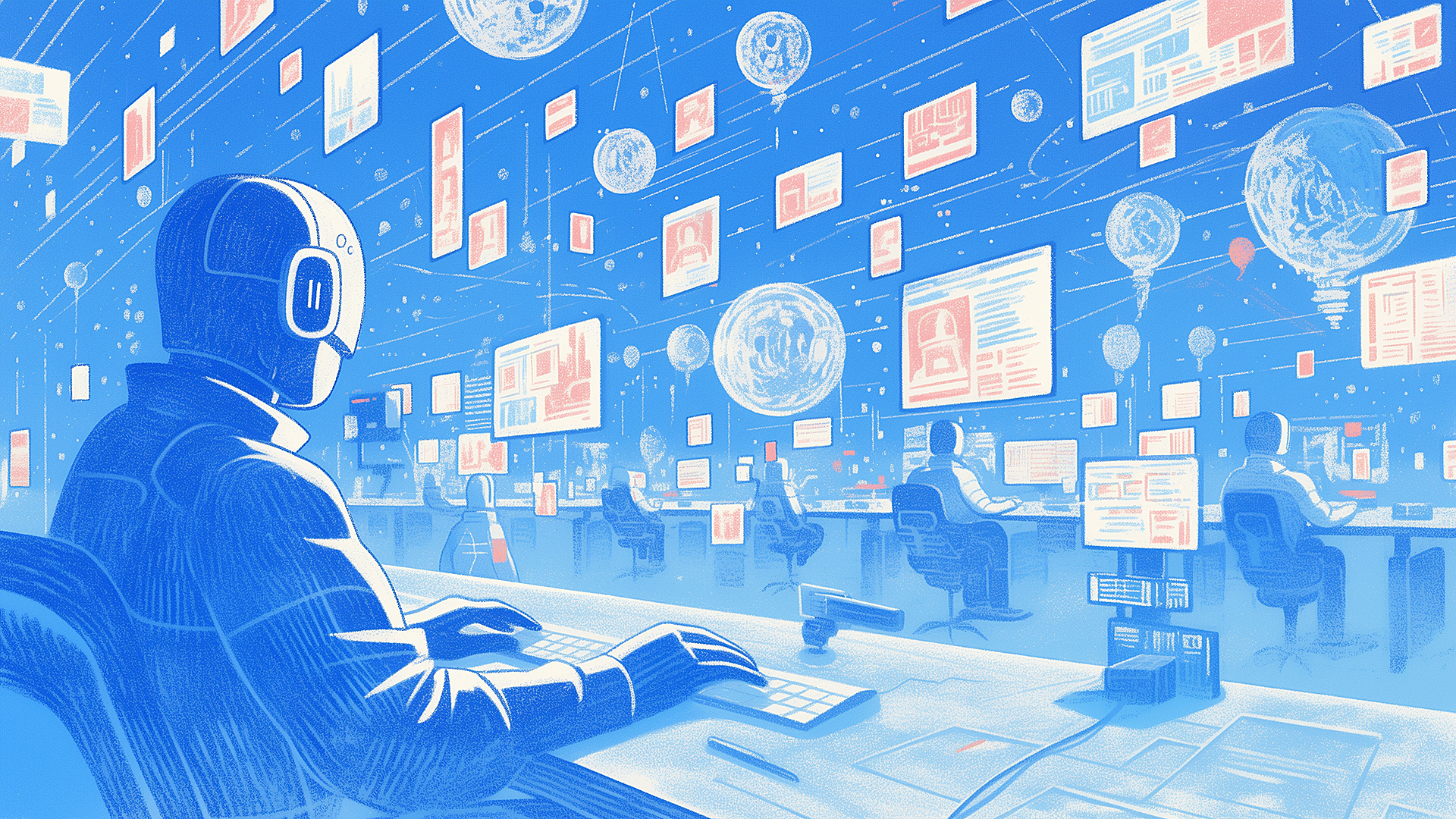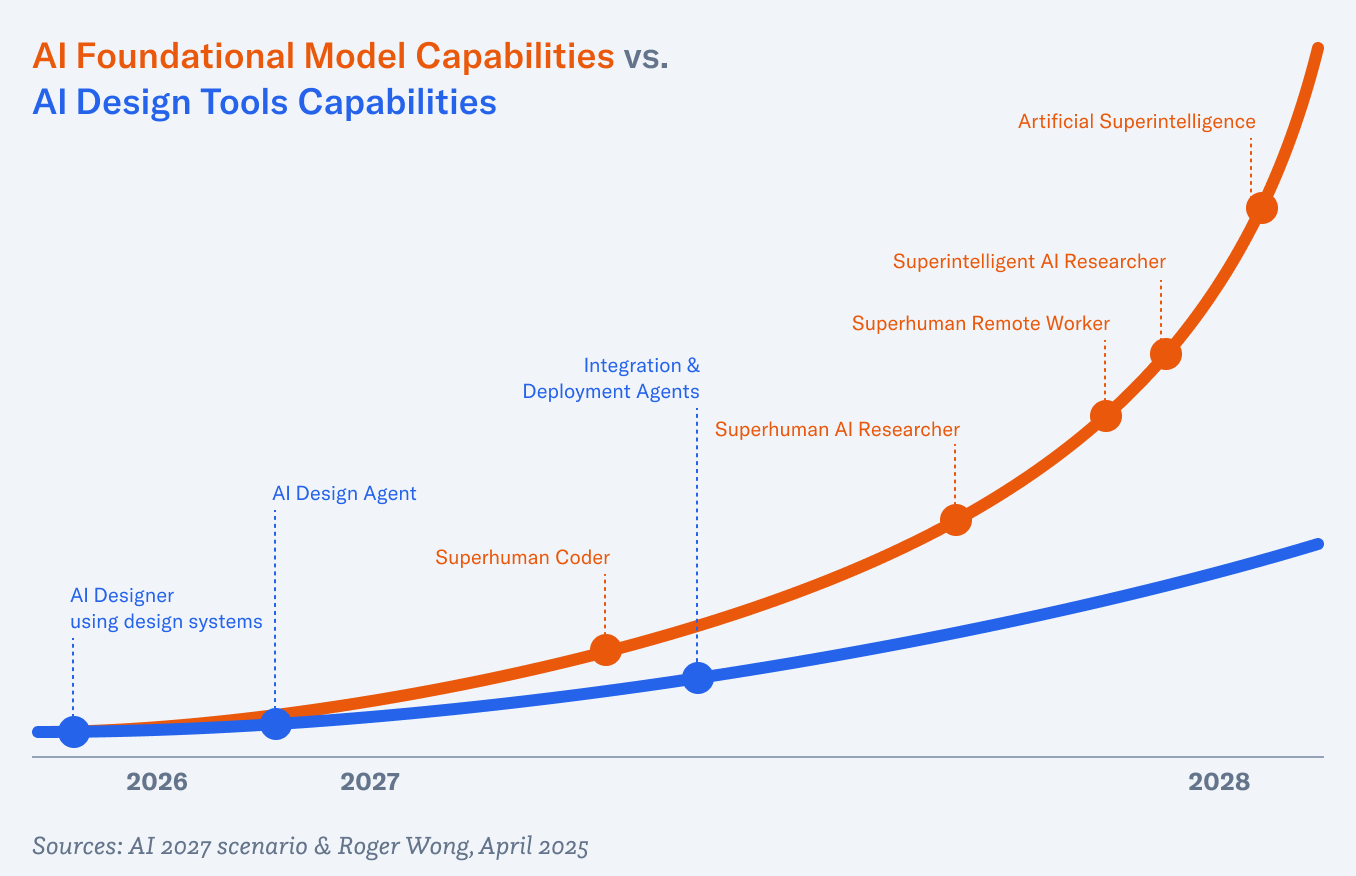Here we go. Figma has just dropped their S-1, or their registration for an initial public offering (IPO).

Rollup of stats from Figma’s S-1.
While a lot of the risk factors are boilerplate—legalese to cover their bases—the one about AI is particularly interesting, “Competitive developments in AI and our inability to effectively respond to such developments could adversely affect our business, operating results, and financial condition.”
Developments in AI are already impacting the software industry significantly, and we expect this impact to be even greater in the future. AI has become more prevalent in the markets in which we operate and may result in significant changes in the demand for our platform, including, but not limited to, reducing the difficulty and cost for competitors to build and launch competitive products, altering how consumers and businesses interact with websites and apps and consume content in ways that may result in a reduction in the overall value of interface design, or by otherwise making aspects of our platform obsolete or decreasing the number of designers, developers, and other collaborators that utilize our platform. Any of these changes could, in turn, lead to a loss of revenue and adversely impact our business, operating results, and financial condition.
There’s a lot of uncertainty they’re highlighting:
- Could competitors use AI to build competing products?
- Could AI reduce the need for websites and apps which decreases the need for interfaces?
- Could companies reduce workforces, thus reducing the number of seats they buy?
These are all questions the greater tech industry is asking.

Figma Files Registration Statement for Proposed IPO | Figma Blog
An update on Figma's path to becoming a publicly traded company: our S-1 is now public.























